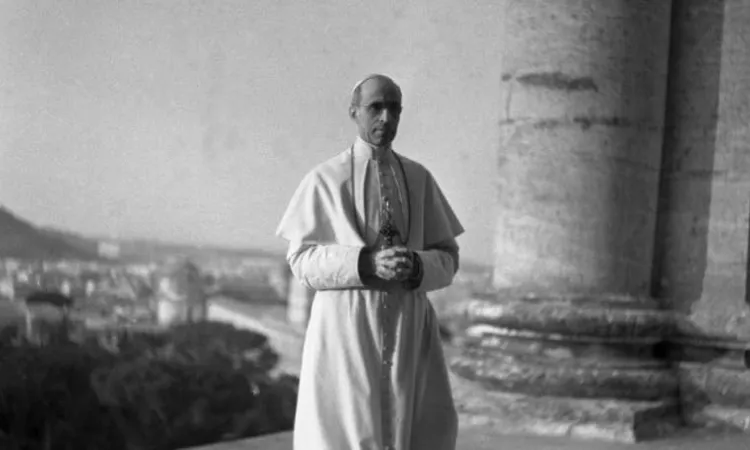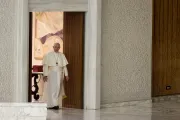After this dialogue, Nagy is more prudent in acting in Hungary. The divergence of views with Mindszenty grows ever more substantial. On June 24, 1946, Nagy sends a document to Cardinal Mindsznety to explain the modus vivendi model, which could not be further from the Cardinal's view of things.
Nagy goes a fourth time to Rome from July 1946 to August 1946.
The main topics of his conversations are the modus vivendi, the position of the KALOT movement, and the role of Cardinal Mindsznety.
He drafts a "Report on the internal struggles of the Hungarian Catholicism (until July 10, 1946, included)". In that report, Nagy also highlights some aspects of Mindszenty's character, which could impede or endanger the lives of the faithful and of priests. In particular, Nagy laments that the nunciature to Hungary could not be reopened because of Mindszenty's positions.
In particular, Ickx underscores the chapter on Modus Vivendi Tactics. In that chapter, Nagy explains, "Those who want to make room for life, do so because they are ready for martyrdom, and want to save from martyrdom the whole nation with all the means."
Nagy says, "Compared with a death sentence, life prison is preferable," and concludes, "today, the wise man is not the one who can stay angry with Russians. He can become for a certain time a national hero, but nothing more. The wise man is who can bring the Russians on his side."
Nagy concludes that the modus vivendi is not a negotiation of principles, nor can it be considered as fraternizing with the communist. It is instead a "tolerable vicinity."
When Nagy returns to Budapest, he finds an awkward situation, since, after the assassination of a Soviet official, the KALOT movement has been abolished.
Nagy does not give up. He tries to re-establish KALOT and also asks Ostjukin to reopen the nunciature, to counterbalance the abolishment of Kalot. Ostjukin rejects the possibility of opening the nunciature, as Mindszenty would consider it "his victory."
Nagy leaves for his last trip to Rome at the end of 1947 and will stay there until January 1948.
The climate in the Vatican is changed; the modus vivendi is not considered an option anymore. Nagy does not even succeed in having an audience with the Pope. Nagy cannot return to Hungary, and so, under orders from his superiors, he leaves for Argentina on Jan. 4, 1947. It seems that Pius XII is never informed of this decision.
Ickx says that Nagy's memoirs shed light on the fact that the notion of the modus vivendi applied to the countries on the other side of the iron curtain was already "articulated and explained in 1946."
Based on these facts, there are according to Ickx, "valid reasons to backdate the Ostpolitik," as well as for considering that "the beginning of Ostpolitik in 1961 represented a turning point for the Communists, rather than for the Holy See."
Ickx also rejects the possibility that the modus vivendi was pursued only by Jesuits simply because the papers are in the Jesuits' curial archive. Still, "it is also true that those documents are drafted to inform the Secretariat of State."
Ickx stresses that "the considerable number of documents, 25, make one think that behind the Jesuits' activity, there was the plan to develop a political project."
Ickx also adds that "the insistence on connecting the modus vivendi to the opening of the nunciature and the contrast with Cardinal Mindszenty" shows that the Jesuits were working following the Secretariat of State.
Another clue is given by one of the procurement letters Fr. Leiber gave to Nagy.
The letter reads: "The Holy See is always available to entertain relations with the Moscow government. [Nagy] can communicate with the Russians involved in the issue. After what happened and is still happening daily, it is a difficult challenge for the Holy See to trust the good intentions of the counterpart. If instead the government of Moscow wished to reach out and dialogue with the Holy See, the Holy See is available to that in any way, as it did in times of war. This is what Pius XII thinks."



